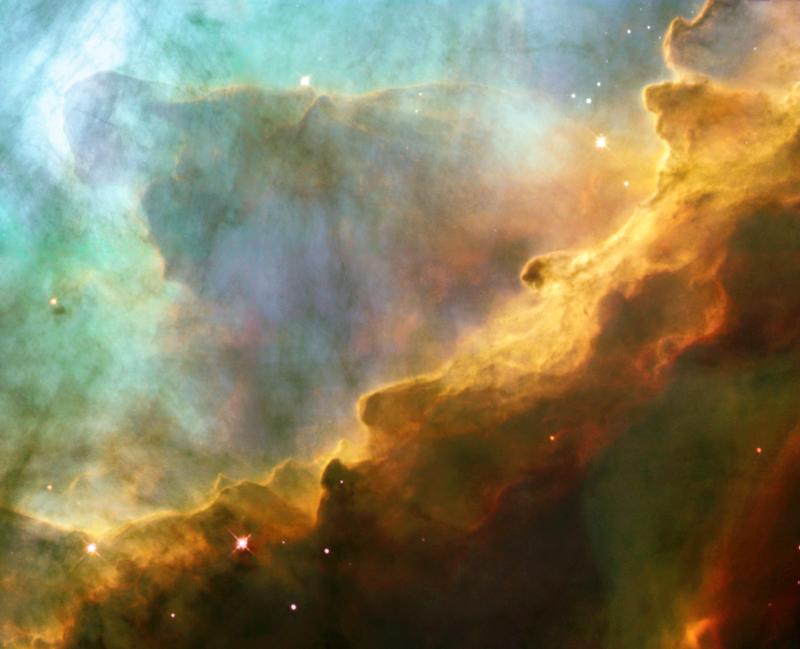For the first time carbon dioxide has been found in the atmosphere of a planet outside of our own solar system. This is an important discovery because carbon dioxide is one the chemicals we would expect to find on a planet that harbors life, the other chemicals include: oxygen, water, and methane. Water vapor, along with carbon monoxide has previously been detected in the planet’s atmosphere.
Unfortunately, the discovery of carbon dioxide on this planet cannot be correlated to life. This Jupiter sized planet, which is located 63 light years from Earth, is known as HD 189733b. It has an orbital period of about 2.2 days and has a scorching surface temperature of about 1117 K. The close proximity of the planet to its host star may be responsible for the formation of carbon dioxide in the planet’s atmosphere. As the planet orbits, relatively close to its sun, it receives a high dosage of ultraviolet radiation. This radiation may have stripped apart other chemicals in the planet’s atmosphere while creating new chemicals, such as carbon dioxide.
The carbon dioxide was detected by analyzing the infrared spectrum of the planet. Because HD 189733b lies so close to its host star, the combined spectrum of the star/planet system had to first be analyzed and recorded. Scientists then waited for the planet to disappear behind its host star, so that the suns individual spectrum could be recorded. To obtain the planets individual spectrum, the spectrum of the star was subtracted from the star/planet system.
French astronomers discovered HD 189733b, in the constellation Vulpecula, on Oct. 5, 2005 by observing the transit of the planet across its host star. Since its discovery, the planet has reached a number of milestones. It was the first extrasolar planet to be mapped, it was the first found to contain water vapor and methane (which probably react in the high temperatures to form the carbon monoxide), and now it is the first exosolar planet known to contain carbon dioxide.
This discovery confirms our ability to detect the chemical compositions of planets outside of our solar system. If, and hopefully when, an Earth-like is discovered, analyzing the spectral signatures will be more difficult due to the small sizes of terrestrial planets. As we continue to develop our techniques by recording the spectral signatures of Jupiter-like planets, and super Earths, there should be little doubt that we will be ready to analyze the atmosphere of an Earth or Mars sized planet when the discovery occurs, bringing us one step closer to eventually detecting life on another planet.

